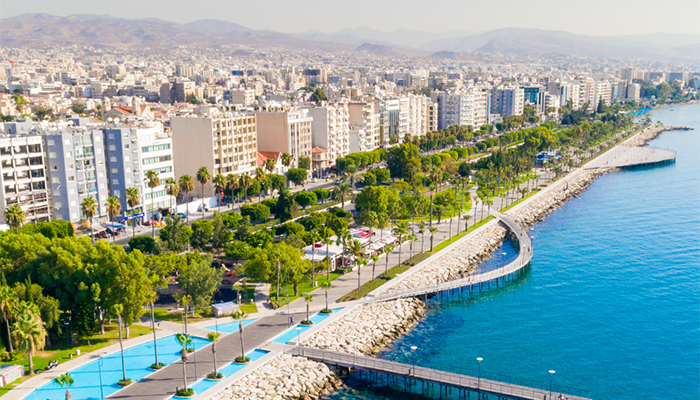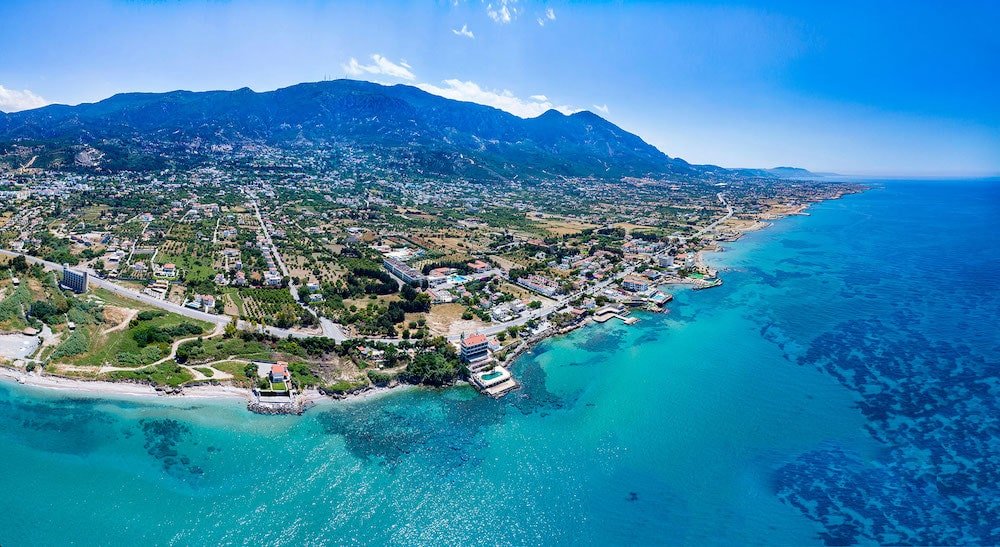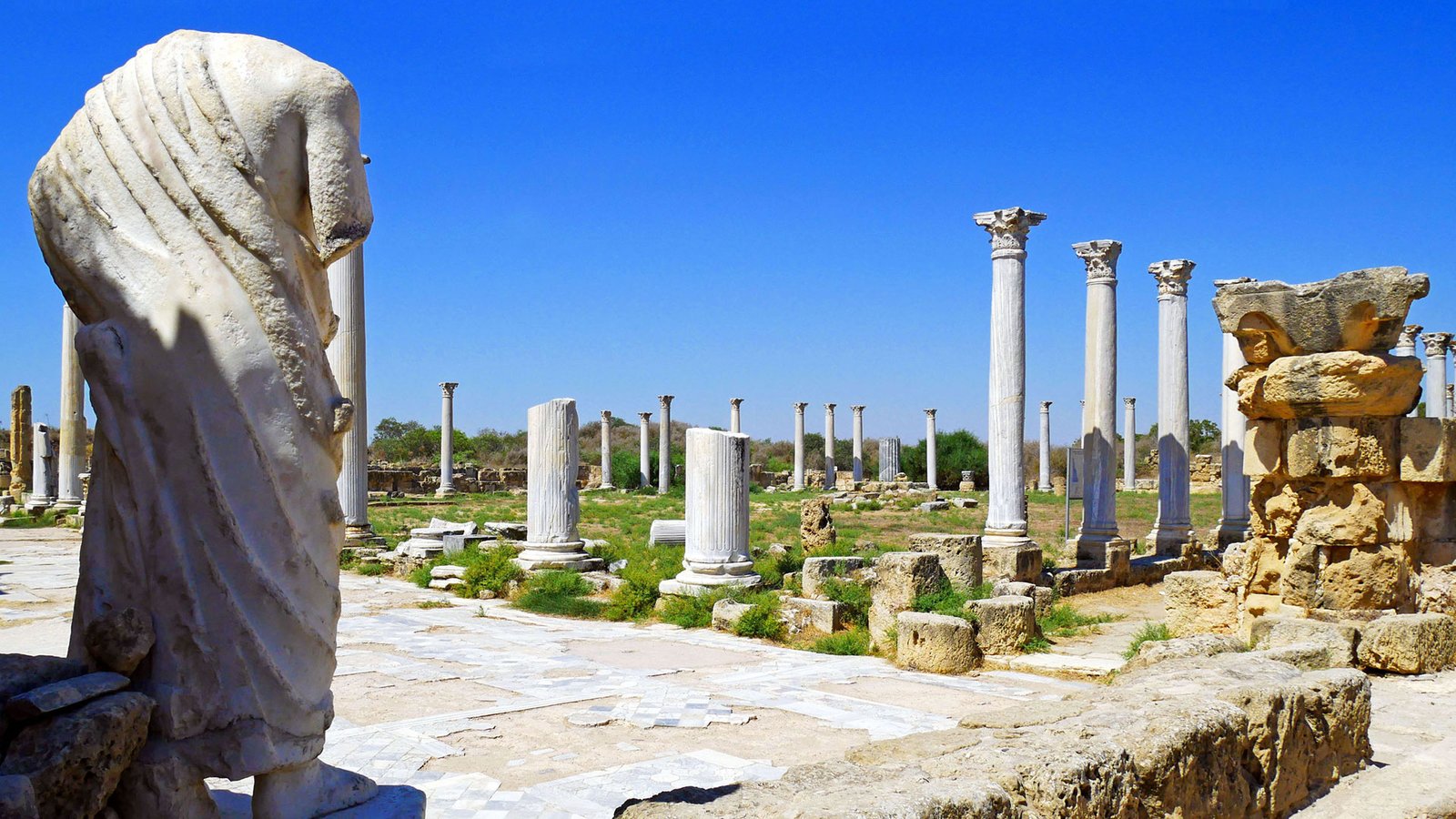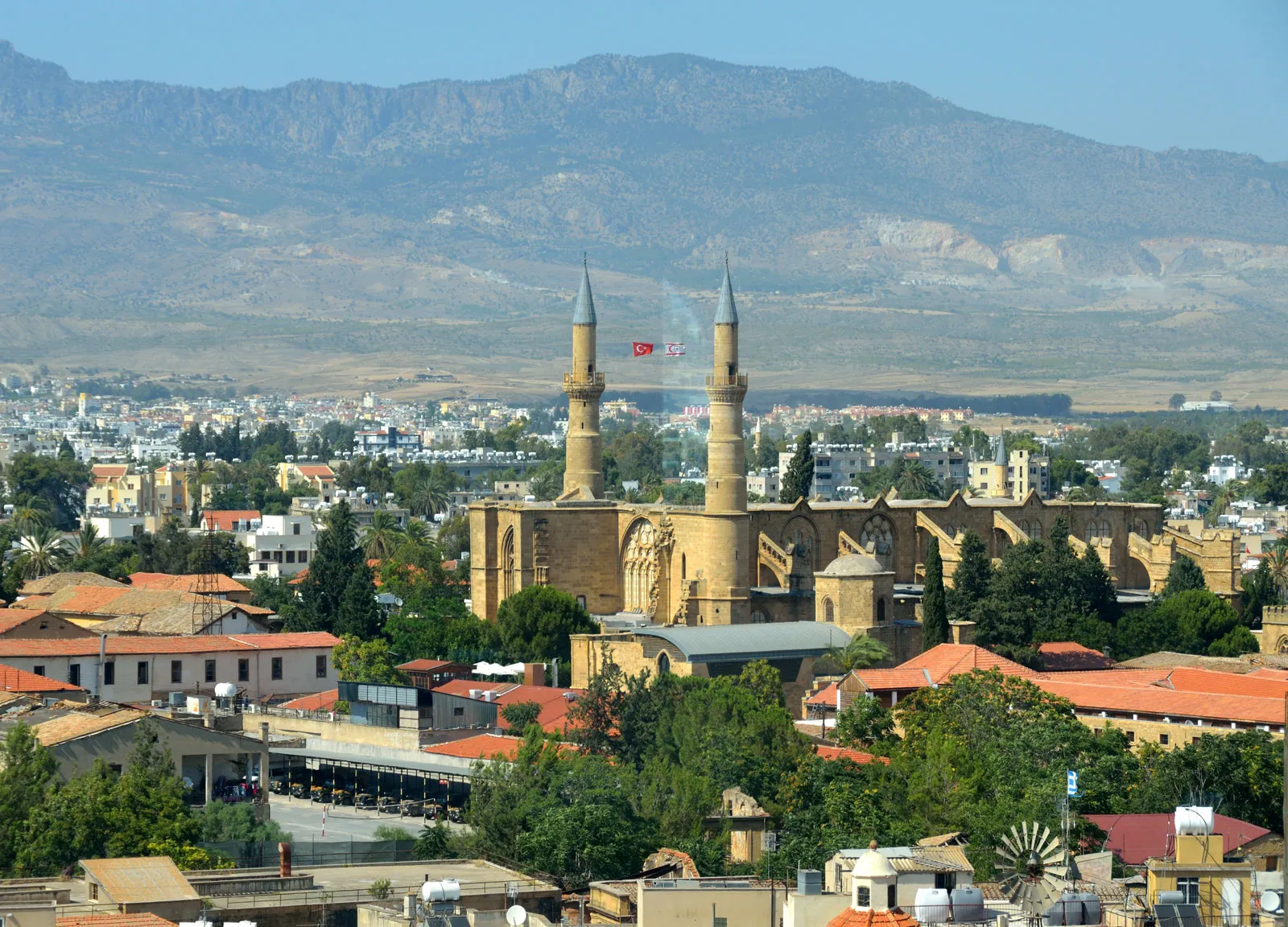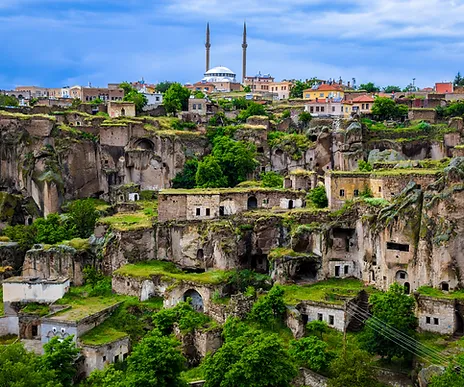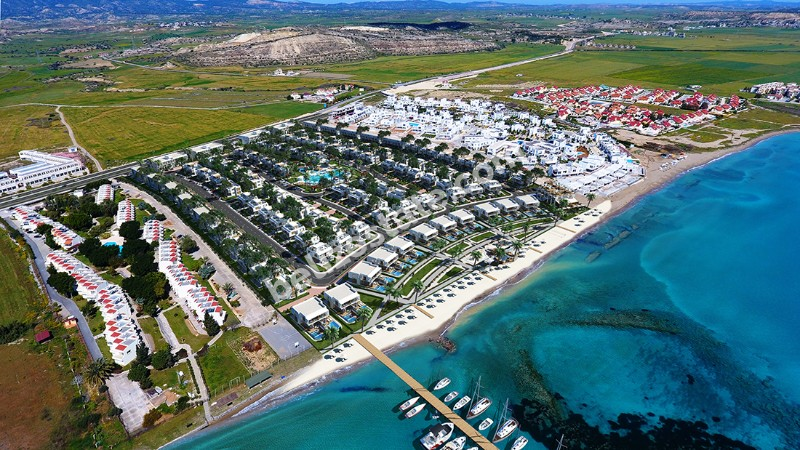Lefke
Lefke is a picturesque town on the western coast of North Cyprus, known for its lush landscapes, citrus orchards, historical sites, and tranquil atmosphere. It’s one of the least commercialized areas in North Cyprus, offering visitors a peaceful retreat with a unique blend of nature, culture, and history. Lefke’s location at the foothills of the Troodos Mountains provides scenic views and a cooler climate than the coastal cities, making it an ideal escape, especially during the warmer months.
Historically, Lefke was an important mining center due to its rich copper deposits, which date back to the ancient Cypriots and the Romans. The remnants of its mining heritage still exist today, adding an intriguing aspect to the town’s character. The influence of the Ottoman period is also visible in Lefke, with traditional houses and architecture that reflect a simpler, bygone era.
City Overview
Historical Significance and Ottoman Influence
Lefke has a rich history, spanning ancient to Ottoman times. Its copper mines made it an economic hub during Roman times, and Ottoman rule introduced Islamic architecture and culture. The town’s architecture, with its stone houses and narrow streets, has a distinctly Ottoman feel, making it one of the best places to experience this cultural influence in North Cyprus.
Climate and Ideal Visiting Seasons
Lefke enjoys a Mediterranean climate, but due to its location near the mountains, it experiences slightly cooler temperatures than coastal towns. Spring and autumn are the best times to visit, with comfortable temperatures and vibrant natural landscapes, particularly when citrus trees are in bloom.
Getting Around Lefke
Lefke is a small town that can be easily explored on foot. For reaching nearby attractions like the copper mines and the Yesilirmak village, a car or taxi service is recommended. The town’s layout and surrounding natural beauty make it a great place for relaxed walks and scenic drives.
Why Lefke is Worth a Visit in North Cyprus
Lefke is a hidden gem in North Cyprus, offering a mix of historical attractions, scenic landscapes, and traditional Cypriot culture. Unlike the more developed coastal cities, Lefke provides a tranquil escape with a deep sense of history and a warm, rural charm. The town’s Ottoman architecture, ancient copper mines, and nearby archaeological sites like Vouni Palace and Soli offer a range of unique experiences for travelers interested in both nature and history.
Whether you’re exploring ancient ruins, tasting fresh citrus fruits, or wandering through quiet, picturesque streets, Lefke offers a refreshing change of pace. Its agricultural richness and unspoiled natural beauty make it an ideal destination for eco-tourism, rural exploration, and anyone looking to experience the traditional side of Cyprus.
